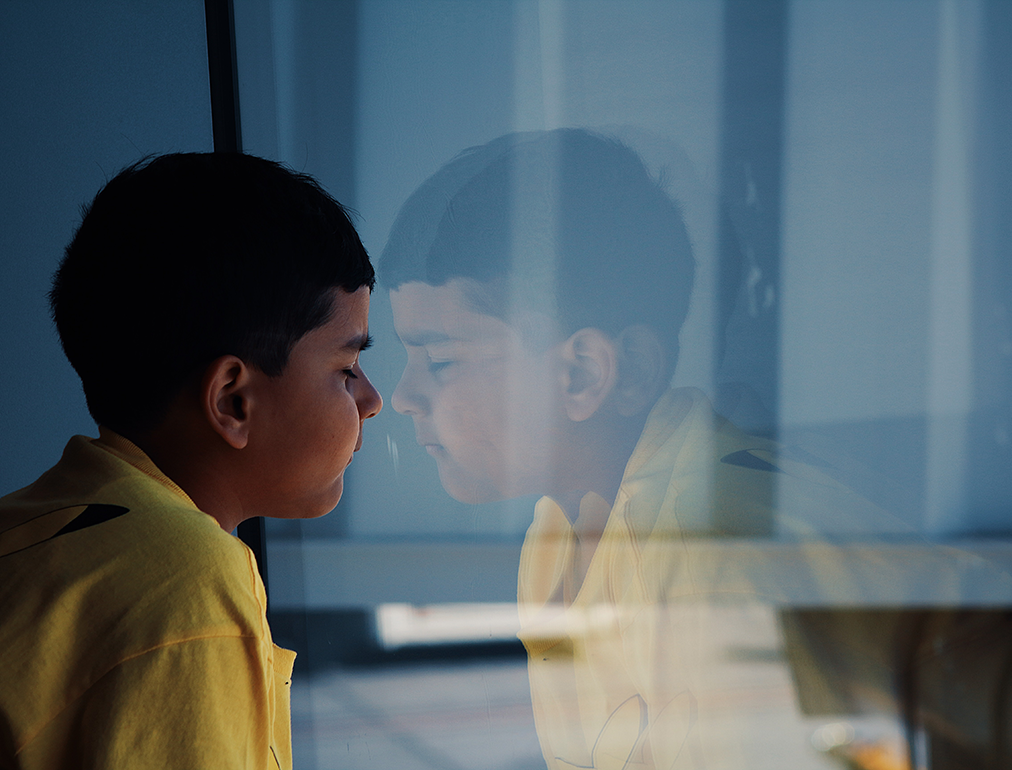


What is Autism Spectrum Disorder?
Autism spectrum disorder (ASD) is a complex lifelong developmental disability. Signs typically appear during early childhood and may affect a person’s ability to communicate and interact with others, as well as stereotyped behavior. ASD is a “spectrum condition” that affects individuals differently and to varying degrees. Some individuals with Autism may also have associated characteristics, such as:
- Sensory Differences
- Cognitive differences
- Motor differences
- Emotional vulnerability
- Difficulty with self-regulation
- Difficulty with executive functioning
- Other medical or psychological conditions (anxiety, depression, gastrointestinal issues, etc.)
There is no known single cause of autism, but increased awareness, early diagnosis/intervention, and access to appropriate services/supports lead to significantly improved quality of life.
Early identification can change lives
Autism impacts an individual throughout their lifespan. However, research shows that early diagnosis can improve quality of life. The behaviors of Autism may be apparent in infancy, but they usually become clearer during early childhood. As part of a regular health visit, your child’s doctor should perform developmental screenings focused on Autism. This screening is recommended at ages 18 and 24 months for all children.
Your doctor will encourage you to ask specific questions about your child’s developmental progress. The National Institute of Child Health and Human Development (NICHD) developed a detailed list of behaviors listed in four categories: communication, social behavior, stereotyped behavior, and other behaviors. Additionally, the Centers for Disease Control and Prevention (CDC) developed a list of Signs and Symptoms, which can be found here.
It is important to remember that each individual with autism is unique; while they may have certain core characteristics that diagnose them as being on the “spectrum,” their personalities and interests – and their autism – can vary as much as their “neuro-typical” peers.
Autism typically appears during the first three years of life because children may not be achieving certain milestones, and parents become concerned. Sometimes, Autism is not diagnosed until later in life when social differences become more pronounced in school settings. A Developmental Pediatrician or Neurologist can make a diagnosis.
Know the signs and act early!
Autism is treatable. Children do not “outgrow” autism, but studies show that early diagnosis and intervention lead to significantly improved outcomes. Learn more about your child’s milestones .
Here are some signs to look for in the children in your life:
• Lack of or delay in spoken language
• Repetitive use of language and/or motor mannerisms (e.g., hand-flapping, twirling objects)
• Little or no eye contact
• Lack of interest in peer relationships
• Lack of spontaneous or make-believe play
• Persistent fixation on objects or parts of objects, such as wheels.
• Spinning objects.
• Not pointing.
Visit the CDC website for information on treatments.
Autism is a Lifelong Challenge
In 2025, the Centers for Disease Control and Prevention (CDC) released their latest Autism and Developmental Disabilities Monitoring (ADDM) Network report, revealing that the prevalence of autism has risen to 1 in every 31 births in the United States. This represents a significant increase from the 1 in 125 rate reported in 2004.
